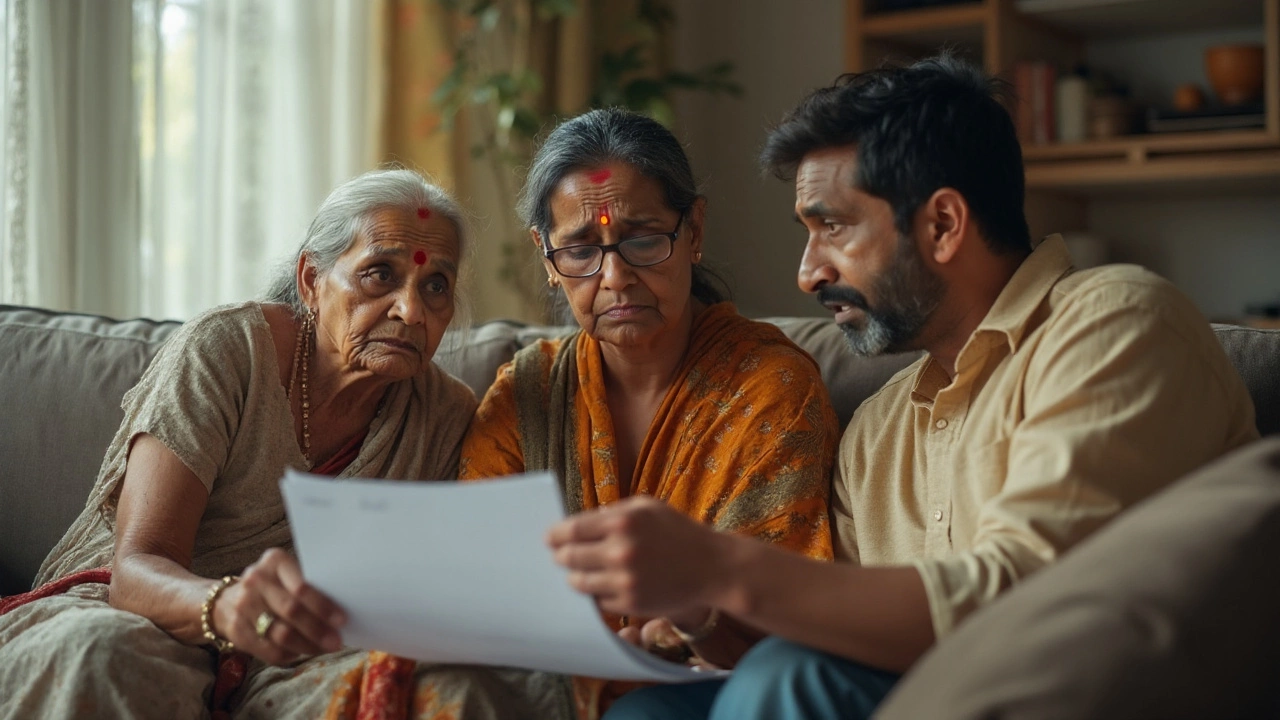Cancer Survival: What It Really Means and How to Improve Your Odds
If you’ve landed on this page, you probably have questions about how long people live after a cancer diagnosis and what you can do to boost those numbers. The good news is that survival isn’t a one‑size‑fits‑all number – it changes with the type of cancer, the stage, the treatment you get, and even lifestyle choices.
First off, survival rates usually talk about the percentage of patients who are still alive after a certain number of years – most commonly five years. A 5‑year survival of 70 % means 70 % of people diagnosed with that cancer are alive five years later. It doesn’t guarantee you’ll live exactly five years, but it gives a solid picture of how treatments are working today.
Understanding Stage 3 vs. Stage 4 Cancer
One of the biggest worries is whether a stage 4 cancer is automatically a death sentence. The short answer: not always. Stage 3 usually means the cancer has spread to nearby lymph nodes or tissues, while stage 4 means it’s reached distant organs. Our recent article “Stage 4 vs Stage 3 Cancer: What’s Really Worse?” breaks down the key differences, explains why stage 4 can still be treatable, and offers tips for families navigating these waters.
For many cancers, new targeted therapies and immunotherapy have turned once‑fatal diagnoses into manageable chronic conditions. That’s why it’s crucial to ask your oncologist about clinical trials and the latest drug options – they can shift a grim outlook into a hopeful one.
Practical Ways to Boost Your Survival Chances
While you can’t control the cancer itself, you can control many factors that influence how well you respond to treatment. Here are three proven steps:
- Stay active: Light exercise, even a daily walk, helps keep the immune system strong and reduces fatigue.
- Eat smart: Focus on whole foods, plenty of vegetables, and protein to support healing. Avoid heavily processed snacks that can cause inflammation.
- Follow the treatment plan: Missing doses or skipping appointments lowers success rates. If side effects get tough, talk to your doctor – there’s often a tweak that helps.
Our guide “Does Stage 4 Mean Terminal? Cancer’s Toughest Question Answered” gives more details on what “terminal” truly means and what options remain when the disease is advanced.
Don’t forget the emotional side. Support groups, counseling, and even talking openly with friends can lower stress, which in turn improves how your body handles therapy. The article “Uncurable Cancers: Why a Cancer Cure Remains Elusive in 2025” also discusses the mental boost that comes from staying informed and connected.
Bottom line: cancer survival is a mix of medical facts and everyday habits. Keep asking questions, stay active, eat well, and lean on your support network. With the right mix, you can tip the odds in your favor and enjoy a better quality of life, no matter the stage.







